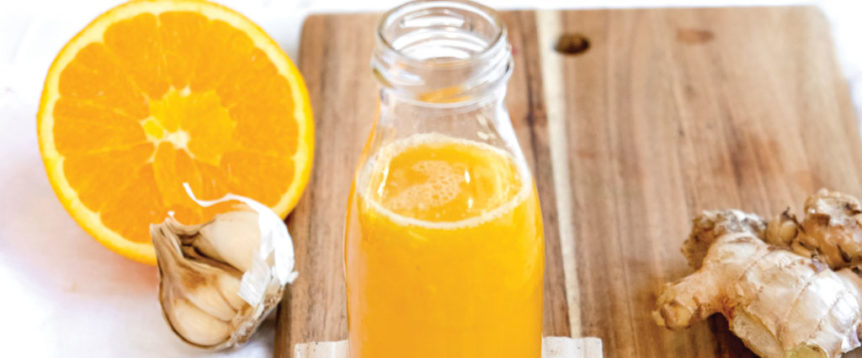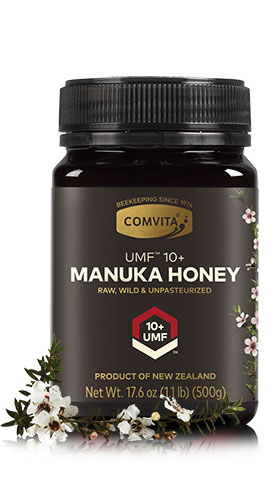Have you heard about manuka honey? It’s made from the nectar of New Zealand’s indigenous manuka flower, which has been extensively researched and globally revered for its medicinal qualities. The manuka flower blooms only two to six weeks per year, making this unique honey a scarce resource and higher priced than more traditional types of honey. Honey itself is a natural antibiotic, thanks to the presence of hydrogen peroxide. What sets manuka honey apart is its additional “non-peroxide activity” due to a unique compound called methylglyoxal (MGO), which has natural antibacterial properties. There are different types of manuka honeys, but only those with UMF™ certification guarantee the presence of the three signature compounds (MGO, DHA and leptosperin, a plant compound) that authenticate genuine manuka. The UMF rating also indicates the level of antibacterial compounds—the higher the grade, the more concentrated. Manuka honey supports immune health due to its antibacterial nature. Additionally, honey is a “throat soother” and offers a protective coating that relieves irritation. The American Academy of Pediatrics, Centers for Disease Control and World Health Organization recommend honey for those suffering from coughs and sore throats. And research has revealed that this type of honey also supports the body’s natural healing, specifically with digestive health and gut inflammation. Because of its healing properties, it’s even used for DIY skin care. Enjoy a daily spoonful by itself, or in yogurt, breakfast bowls, smoothies or coffee and tea.
Make a paste with a food processor or mortar and pestle
with: 1 crushed garlic clove, 1 tsp finely grated fresh ginger,1 tsp finely grated fresh turmeric. Mix paste with 2 tsp Comvita UMF 5+ Manuka Honey into juice of 1 lemon and 1 orange.
Developed by dietitian Rebecca Gawthorne @nourish_naturally


